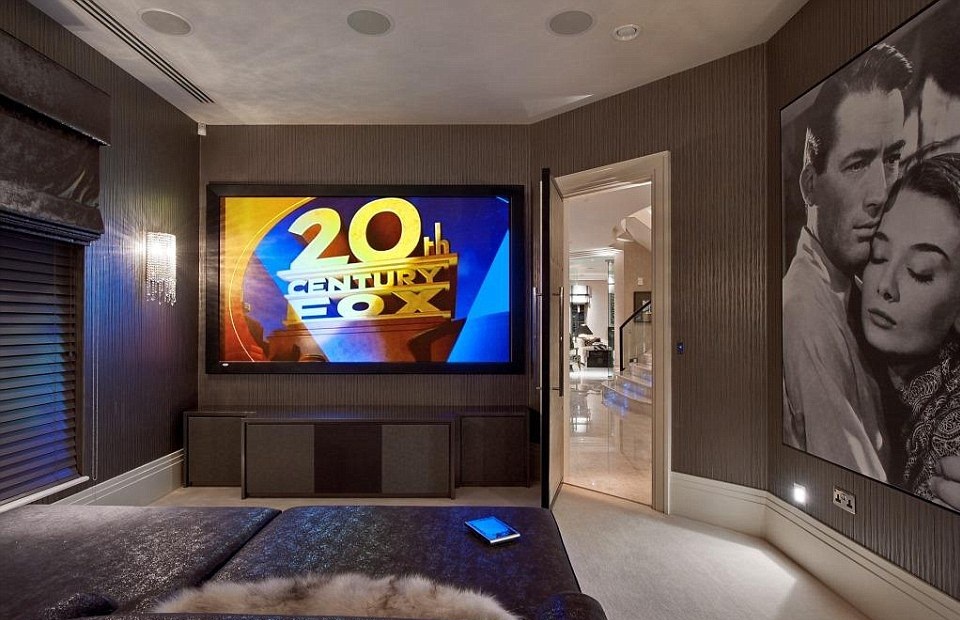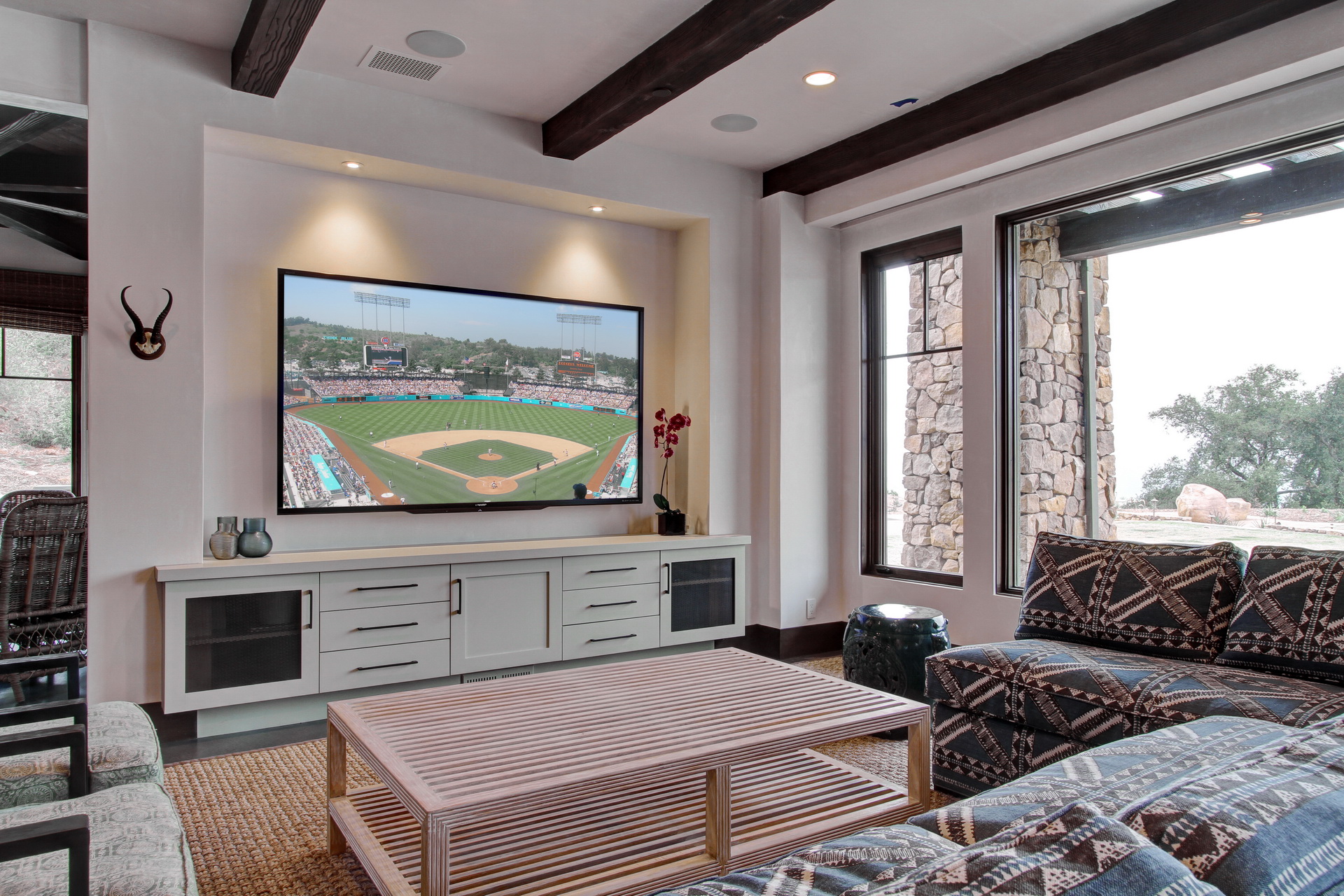

MEDIA ROOM BED MOVIE
Are you more interested in a dedicated movie room, or will it also be used to play video games and music? The more components you add, the more space, electrical drain and compatibility issues you'll have.If you're dealing with a small bedroom, you might have to curtail your dream of a huge screen because the available space is just too shallow.

You may be tempted to blow off this recommendation thinking bigger is always better, but if you place your theater seating too close to the screen, you risk being able to see the build-up structure of the image (the dots and groups of dots that make up the digital picture). So, if the screen is 60 inches wide, seating should be situated about 10 feet away (120 inches). For optimum viewing, home theater seating should be situated at least as far from the screen as double the screen's width to promote what video-equipment manufacturers call an immersive experience. Once you've chosen the space you'll be using, the next step is to tailor the space to fit the type of home theater system or media room you have in mind.

This means windows, doors, heat registers, exposed pipes, and features like bump-outs and built-ins. The fewer openings and protuberances there are the better. Choose a bedroom that's a simple rectangle. Getting the acoustics right is important, so the layout of the room will be important, too. While your home theater is still in the planning stages, choose the best bedroom for the conversion. After you've dealt with the technical issues, you'll also want to add furnishings that will allow you to enjoy the fruits of your audio/visual labor in comfort. The ability of the space to optimize sound, block or control light, deliver uninterrupted electrical service and dampen the volume enough to make living in the rest of the house (and even neighboring homes) peaceful and pleasant, can be a tall order. There's a lot going on in a home theater, and we don't mean just when a movie's playing. Many bedrooms are on the small side - and near other bedrooms where the raucous sounds of high-speed car chases, sporting events or invading aliens can cause problems. Tapping a spare bedroom for the honors may seem like an intuitive choice, but you'll have to pay attention to the details in order to transform a bedroom into a successful home theater. You've got the freestanding popcorn machine and a few chairs with built in cup holders, now all you need is some quality equipment and a place to house it. Finally, your dream of an enviably large and acoustically balanced home theater is about to become a reality.


 0 kommentar(er)
0 kommentar(er)
